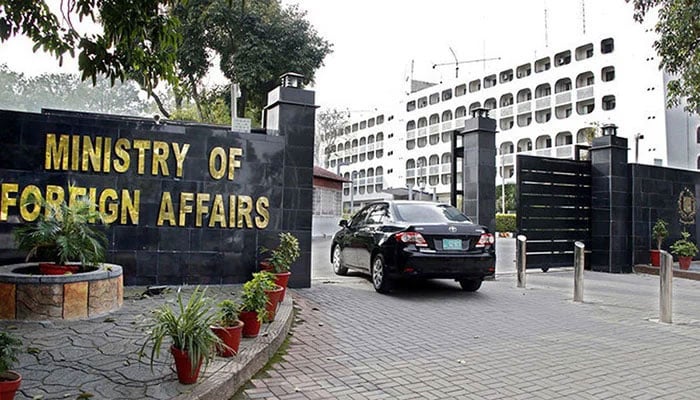Arshad Mahmood Awan
Over the past five years, Pakistan has witnessed a deeply disturbing rise in cases of child sexual abuse, with an alarming total of 5,398 reported incidents nationwide. Each statistic represents not just a violation of innocence but also the devastating destruction of a child’s life and the traumatic impact on their families. The scale of this crisis is difficult to comprehend, but one fact stands out: the problem is pervasive, and it shows no sign of abating. Punjab, which is the country’s most populous province, has tragically become the epicentre of this social ill, accounting for a staggering 62% of the total reported cases. Within this province, Lahore—often seen as a cultural and historical hub—has become the focal point, with 1,176 cases reported in 2024 alone. Disturbingly, even more remote and tightly-knit communities like Kolai-Palas Kohistan are not immune to this crisis, underscoring that no region is free from the scourge of child sexual abuse.
What makes this situation even more harrowing is the drastic increase in reported cases. In 2023, the number of cases surged by an appalling 220% compared to 2019. This sharp rise indicates a pattern that cannot be ignored any longer—child sexual abuse has reached epidemic levels across the nation, and it is becoming increasingly difficult to hide under the guise of silence and ignorance. While Pakistan has made some legal strides in addressing the issue, with frameworks such as the Zainab Alert Act and other child protection laws, the enforcement of these laws remains inconsistent and inadequate. The courts are burdened and slow, while police officers, who are often tasked with investigating these cases, typically lack the necessary training to deal with the sensitivity and complexity involved in child abuse cases. Furthermore, the pervasive societal taboos surrounding discussions of abuse only serve to silence victims, allowing perpetrators to remain emboldened and unpunished.
Pl watch the video and subscribe to the YouTube channel of republicpolicy.com
This crisis, however, is no longer one that can be dealt with by legal frameworks alone. The problem has transcended policies and laws, demanding a comprehensive cultural and societal response. In order to effectively protect children and prevent further abuse, communities must become active participants in the fight against abuse. It is no longer sufficient to leave the responsibility to the government alone. Protecting children is a collective moral duty that must involve parents, teachers, social workers, law enforcement agencies, and society at large. A cultural shift is required to break the silence, to allow victims to come forward, and to ensure that perpetrators are held accountable for their actions.
The government must take a leading role in addressing this issue with a clear, structured, and robust national roadmap. Such a plan must include extensive reforms in law enforcement, judicial processes, and victim support. First and foremost, law enforcement agencies must undergo rigorous training to handle child sexual abuse cases with the utmost sensitivity and professionalism. Police officers must be equipped with the tools and knowledge necessary to investigate these cases with the care they demand. A specialized unit of officers trained in child protection should be established to focus solely on these types of crimes. Alongside this, the judicial system must prioritize child abuse cases, setting up fast-track courts that can swiftly deliver justice and deter would-be offenders from engaging in such horrific acts.
Moreover, one of the most pressing needs in tackling child sexual abuse is the establishment of a centralised national database to track repeat offenders. This database would serve as a critical tool for identifying patterns of abuse, monitoring high-risk areas, and ensuring that those who have been convicted of such crimes cannot simply disappear into the population, only to reoffend. This would also allow authorities to build a clearer picture of the scope and scale of the problem, enabling them to deploy resources more efficiently and effectively to the areas most affected by abuse.
While legal frameworks and law enforcement are essential to curbing the rise in child sexual abuse, they are not enough on their own. Cultural change is equally critical. One of the most significant obstacles in tackling this issue is the social stigma and taboo surrounding child sexual abuse in Pakistan. Many families, especially in rural areas, are reluctant to report cases of abuse due to fear of shame and dishonor. It is crucial to create awareness campaigns in schools, communities, and through media channels to educate the public about child sexual abuse, its devastating effects, and the importance of reporting incidents without fear. These campaigns should also promote the idea that protecting children is not only the responsibility of the authorities but of all members of society. Only through community-driven efforts can the cultural barriers that perpetuate silence around abuse begin to dissolve.
In addition to cultural shifts, comprehensive victim support systems must be developed to help survivors recover and rebuild their lives. Child-friendly rehabilitation centers must be established across the country, offering medical, psychological, and emotional support to victims. These centers should be staffed with professionals trained in dealing with child trauma, as well as providing a safe, supportive environment where survivors can feel secure and supported in their healing journey. Additionally, financial assistance programs should be implemented to help families who may struggle financially due to the impact of the abuse on their children.
One emerging threat that Pakistan must also confront in its fight against child sexual abuse is the increasing prevalence of online exploitation. With the rapid rise of digital platforms and the internet, children have become more vulnerable to online predators and trafficking networks. Authorities need to enact and enforce stricter cybercrime laws, monitor online platforms, and ensure that children are educated about digital safety. Digital literacy programs in schools, along with public awareness campaigns, could play a key role in preventing online abuse and protecting children from the dangers lurking on the internet.
In conclusion, the scale of child sexual abuse in Pakistan is a national crisis that demands immediate and sustained attention. The numbers are stark, the impact is devastating, and the solutions are complex. The government must take immediate steps to improve law enforcement capabilities, reform the judicial system, and establish a robust support system for victims. At the same time, society as a whole must engage in a cultural shift to break the silence and stigma surrounding abuse. If Pakistan is to address this crisis effectively, it will require the combined efforts of the government, law enforcement, civil society, and citizens. The time for action is now—every day that passes without addressing this crisis means another child lost to abuse, and another family devastated. It is time to protect our children, give them the childhood they deserve, and ensure that the perpetrators of these heinous crimes are held accountable.

















